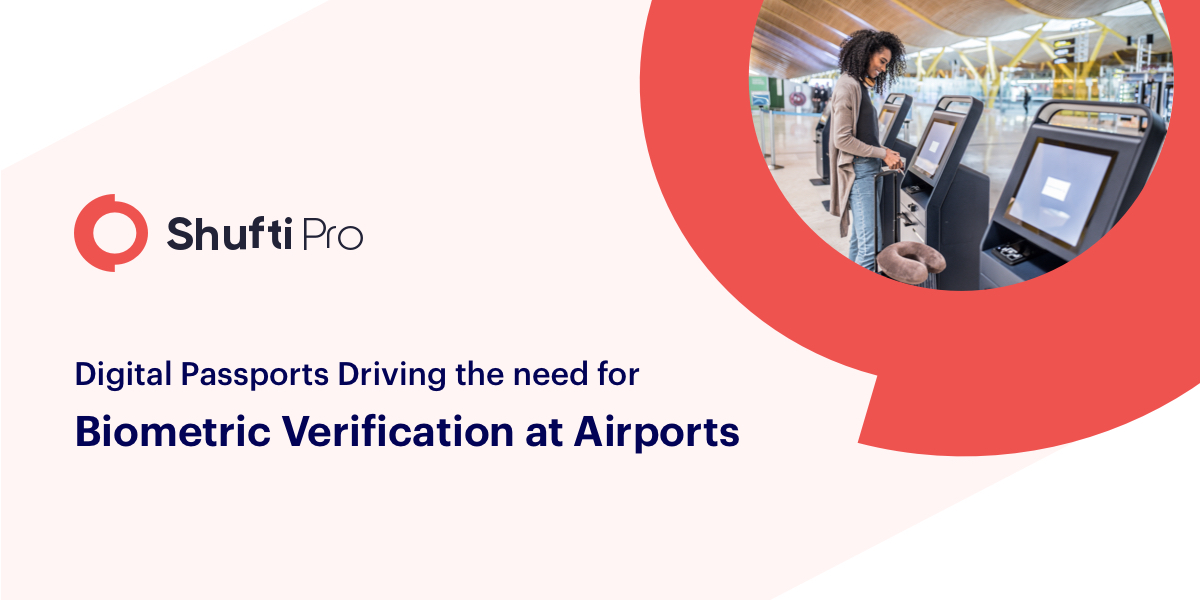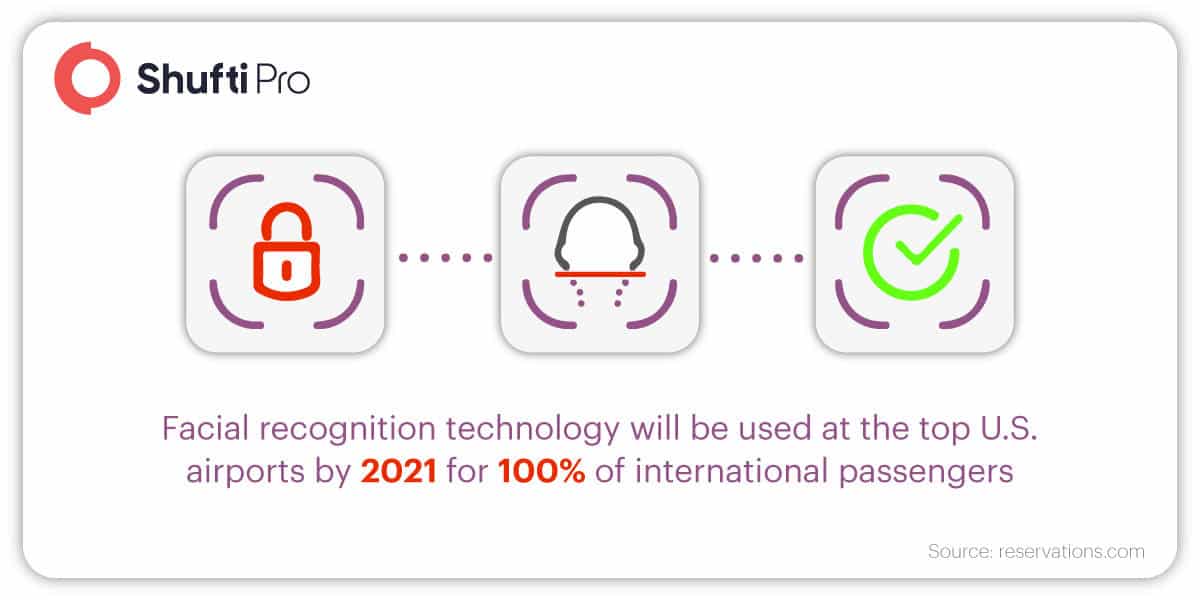Digital Passports Driving the need for Biometric Verification at Airports

Digital or chipped biometric passports have automated the verification process at airports. The ePassport gates at certain checkpoints in the airports verify the passengers through the information stored in the ePassports. The gates are automated, now rather than a border officer checking the passport, the system verifies an individual through a passport information reader and a camera.
The ePassport gates use biometric facial recognition technology that compares the face of a passenger against the biometric information stored in the chip of the digital passport. The gate opens automatically if both the real-time captured information and stored data match. In the U.S. domestic airports, biometric face scanners are installed in place. The U.S. Customs and Border Protection (CBP) are working with airlines to ensure the implementation of biometric face scanners to enhance security and improve the customer experience.
Biometric Airport Screening
Biometric airport screening refers to passenger verification through their unique biometric characteristics. Government agencies all over the world are now aiming to introduce the efficiency and security of airports by automating the entrance and exit verification process. It is a contact-free facial recognition scanning in which without any physical contact with the device, the passenger verification can be done. The process is simple and fast as well keeps intact the customer experience.

Automated Border Control (ABC) Systems
Congestions at the electronic gates or e-gates at the airports result in delays in the scheduled arrival times. A fast ABC system eliminates this overhead by automating the passenger verification through embedded biometric verification technology. The systems deployed at the airports employ various biometric modalities such as fingerprint, face or iris recognition technology. Biometric verification at e-gates streamlines the verification process by reducing congestion at airports. Among all biometric solutions, facial recognition is praised most worldwide. This fact thus increases the deployment of facial recognition technology in most of the ABC systems.
The biometric kiosk installed at airports inside the e-gates verifies the face biometrics of the passengers in seconds. After scanning the digital passport, the information is extracted and facial biometrics are verified against the information in the passport chip. The kiosk employs efficient facial recognition algorithms that are invariant to the non-idealities such as facial pose and expressions, light changes, and occlusions.
SmartGate Systems and Cloud Passport
The advancements in the biometric systems at the border control are getting digitized as well. Australia’s Department of Foreign Affairs and Trade, in 2015 announced the contactless traveler technology also known as Cloud Passport that allows passengers to pass through the immigration checkpoints without any paper travel documents or passports. The scope of digitization has extended to airports where the face of passengers is the passport. At the border control, the facial biometrics are scanned and matched against the previously stored information present in the database and operated by Australia’s DHA (Department of Home Affairs). Passengers are good to fly if their facial characteristics match the stored data.
Benefits of Contact-free Biometric Technology at Airports
Biometric facial recognition technology is grooving in the travel industry especially at the airports due to the following advantages:
- Biometric screening at airports reduces the contact of passengers with the devices installed. Hence mitigate the risk of bacteria and infectious viruses being carried by the scanners.
- The technology is capable of reducing the congestion rates at airports and time-consuming verification process at various checkpoints.
- It improves the customer experience as it takes mere seconds for passengers to prove their identity at certain checkpoints.
- Biometric screening enhances the security and eliminates the overhead of large queues and frustrating boarding process.
- Introduces efficiency in the operations through digitization and robustness.
- Facial recognition reduces the spread of coronavirus through fingerprint scanners.
To conclude, biometric verification technology is penetrating into the travel sector in the form of a touchless kiosk where the passengers do not need to get in physical contact with the device and can pass through an easy and speedy boarding process. Facial recognition ensures security and efficiently perform the passenger verification process.










